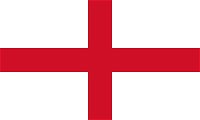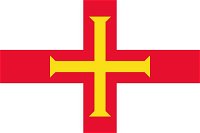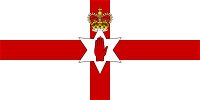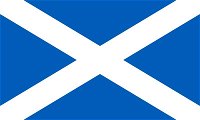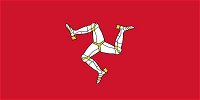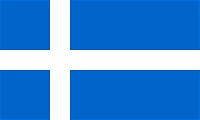
Flags of the British Isles Trivia Quiz
There are many different entities making up the British Isles, from countries to dependencies to island groups, many of which have their own distinct flags. In this quiz see if you can match the place to the flag.
by Stoaty.
Estimated time: 3 mins.
